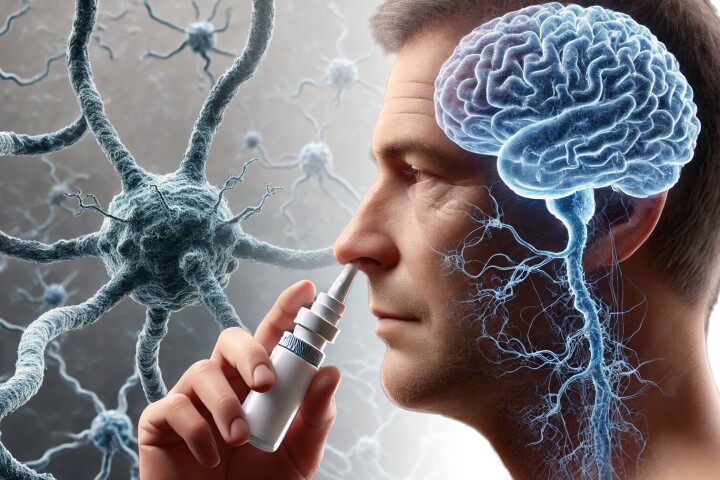As some readers may already know, in-ear stimulation of the vagus nerve can help relieve pain in other parts of the body. Thanks to new research by Austrian scientists, such treatments could soon be more effective than ever.
The longest of the cranial nerves, the vagus nerve runs from the brain through the face, down to the thorax and abdomen. Its fibers extend into various parts of the body, including the outer ear. Therefore, if one of those linked body parts is painful, the problem can sometimes be addressed by electrically stimulating the vagus nerve. This is accomplished via electrodes placed in the ear.
That said, optimal placement of those electrodes is critical.
"It is important not to hit any blood vessels, and the electrodes have to be placed at exactly the right distance from the nerve," says Prof. Eugenijus Kaniusas, of the Vienna University of Technology (TU Wien). "If the electrode is too far away, the nerve is not stimulated at all. If it is too close, the signal is too strong, leading to blockage of the nerve. The nerve can become 'tired' over time and eventually stop sending signals to the brain."
By shining a light through the ear from behind, it's possible to see the blood vessels. The nerve fibers, however, don't show up. Ordinarily, doctors estimate their location based on past experience.
With this in mind, a team from TU Wien and the Medical University of Vienna started with high-resolution cross-sectional images of thinly-sliced cadaver ears, in which both the blood vessels and nerve fibers were visible. Using this data, they created a three-dimensional computer model of a typical human ear, which shows exactly where the nerve fibers are in relation to the easily-imaged blood vessels.
Additionally, the model can be used to determine the strength and pattern of electrical pulses that will work best on a given patient.
Guided by the technology, the researchers proceeded to precisely place tiny needle-like electrodes in the ears of test subjects who suffered from chronic pain. The resulting treatments were found to be more effective than traditionally administered vagus nerve stimulation.
The research is described in a paper that was recently published in the journal Frontiers in Neuroanatomy.
Source: TU Wien




